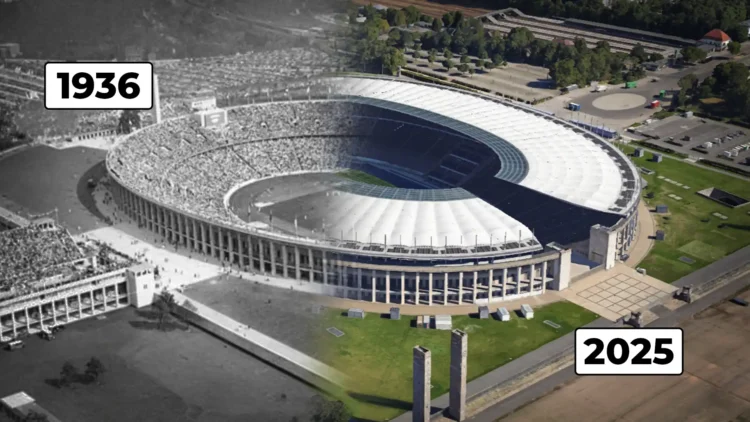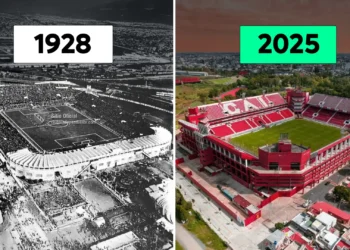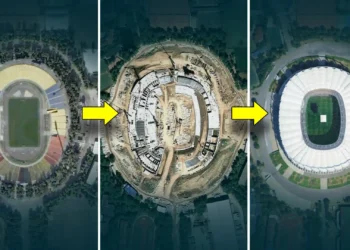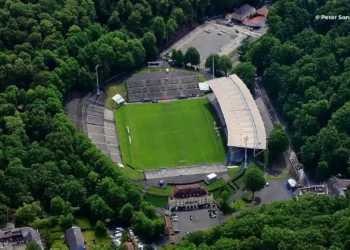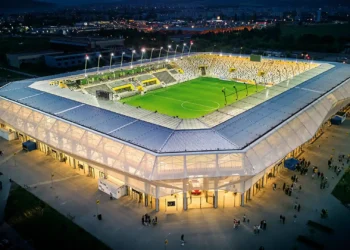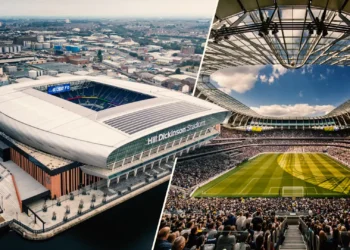Football stadiums are often celebrated as symbols of passion, pride, and unforgettable moments. But behind the roaring crowds and historic goals, some of the world’s most iconic stadiums hide secrets and stories that are far from glamorous. From political propaganda to tragic disasters, here’s a look at the dark history behind some of football’s most beloved venues.
1. Estadio Nacional, Peru
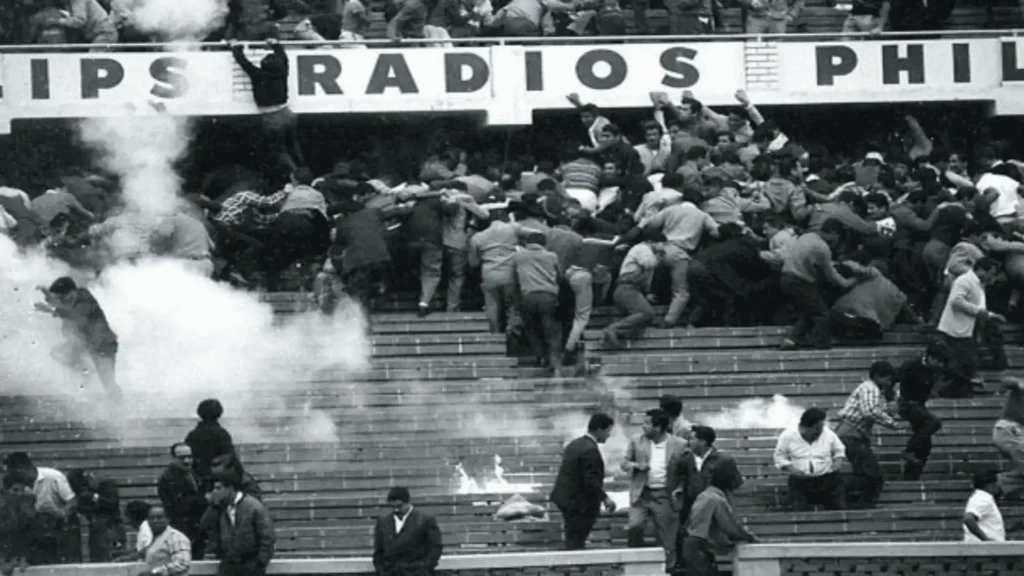
Lima, Peru
In 1964, a tragic stampede occurred during a match between Peru and Argentina. After a controversial referee decision, chaos erupted in the stands, leading to the deaths of over 300 fans and injuring more than 500. It remains one of the worst stadium disasters in football history.
2. Hillsborough Stadium, England
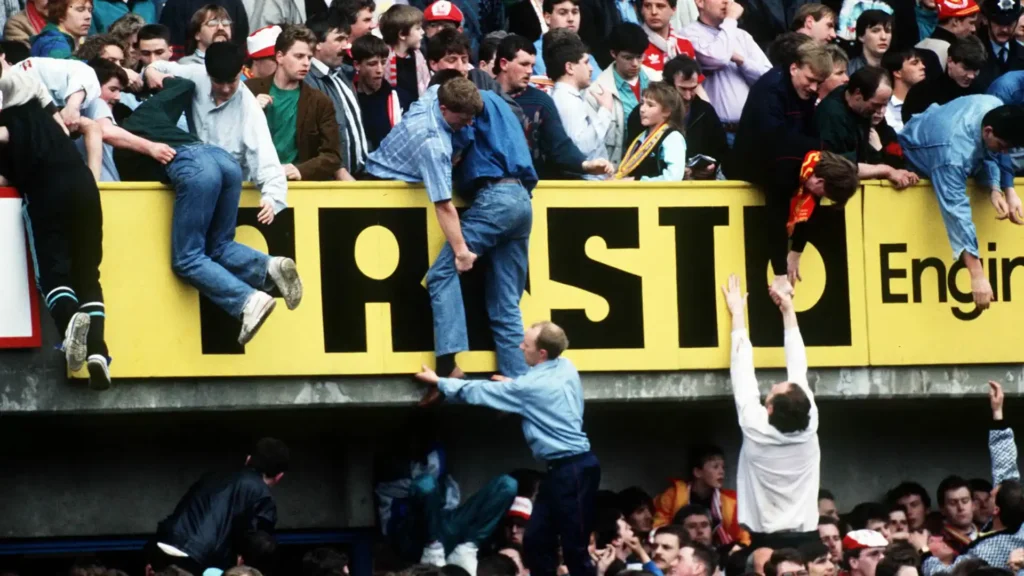
Sheffield, England
On April 15, 1989, 97 Liverpool fans lost their lives due to overcrowding and poor crowd control during an FA Cup semifinal match. The disaster exposed deep flaws in stadium safety and changed English football forever. Years of cover-ups and delayed justice only added to the tragedy.
3. Olympiastadion, Germany
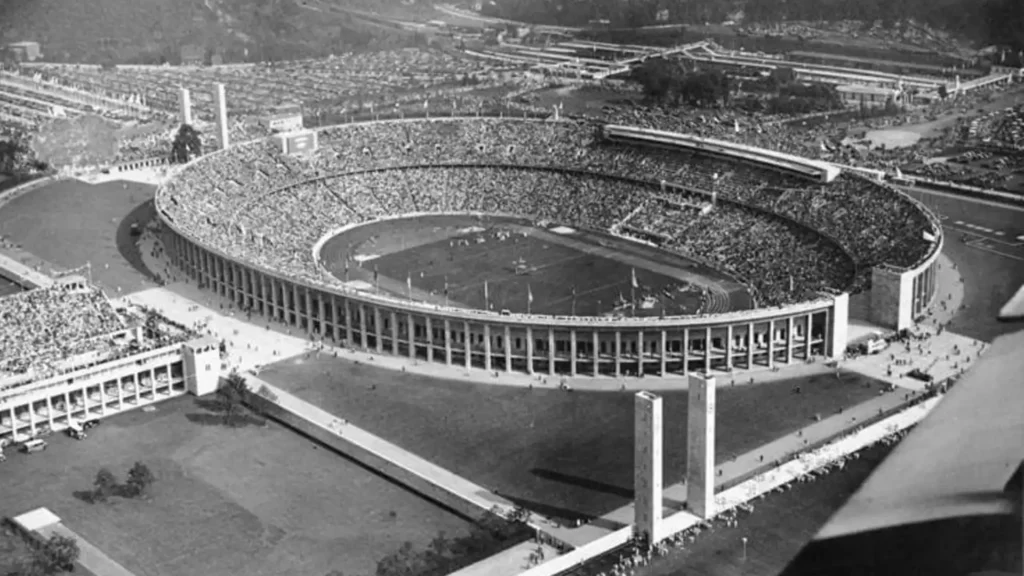
Berlin, Germany
Built for the 1936 Olympics, this stadium was commissioned by Adolf Hitler as a propaganda tool to showcase Nazi power. Though now a modern football venue, its origins remain tied to one of the darkest periods in world history.
4. Stadio Olimpico, Italy
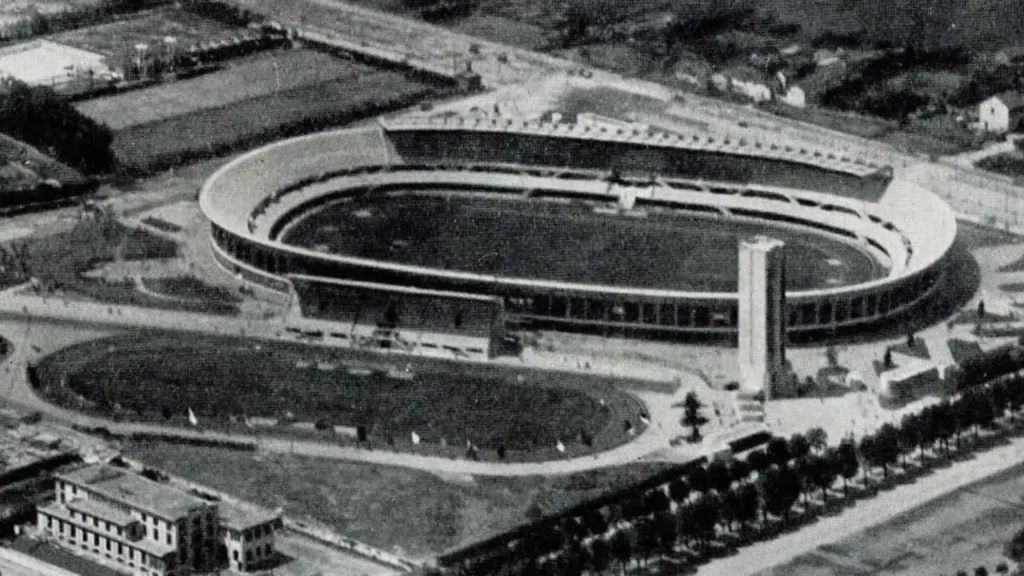
Rome, Italy
The stadium was completed during Mussolini’s fascist regime and originally part of a larger project meant to glorify his rule. Though most traces of that era have been erased or repurposed, its early history remains politically charged.
5. Estadio Nacional, Chile
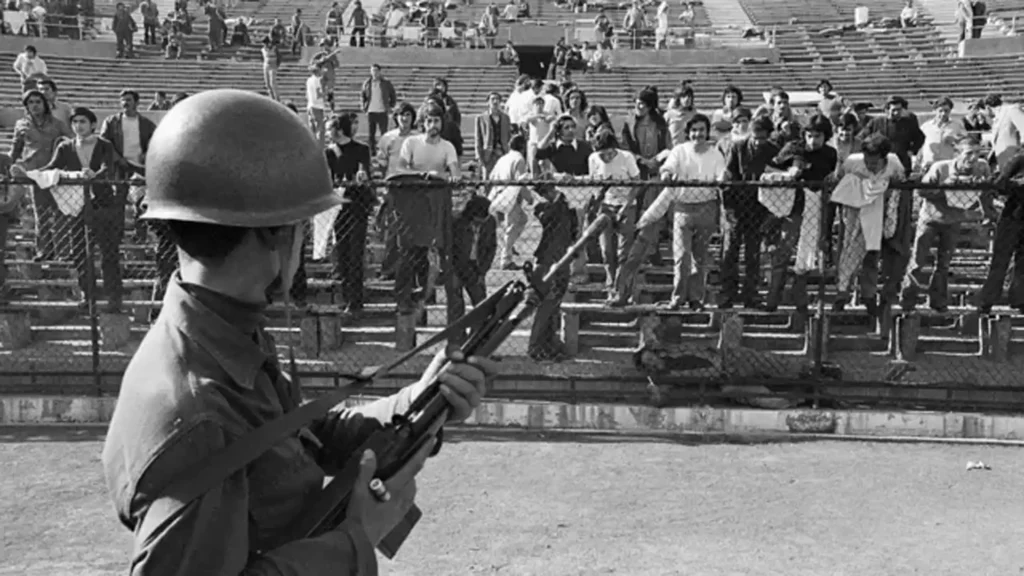
Santiago, Chile
Following the 1973 military coup, the stadium was used as a detention and torture center for thousands of political prisoners. While it now hosts football matches and concerts, parts of the stadium have been preserved as a memorial to those dark days.
6. Luzhniki Stadium, Russia
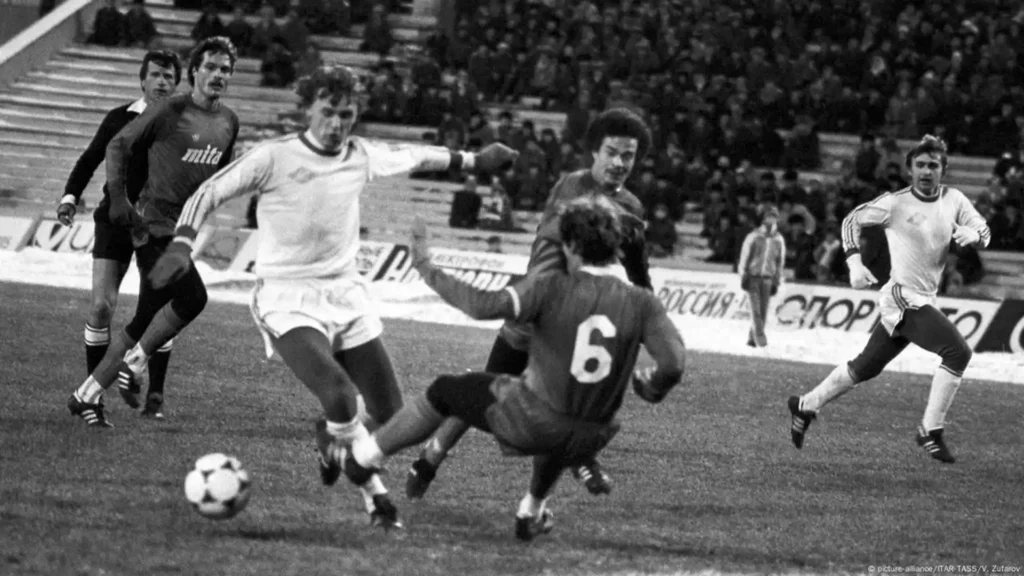
Image: picture-alliance/ITAR-TASS/V. Zufarov
Moscow, Russia
In 1982, a stampede occurred at the stadium during a UEFA Cup match between Spartak Moscow and HFC Haarlem, resulting in the deaths of at least 66 people. For years, the tragedy was suppressed by Soviet authorities and remained largely unknown to the public.
7. Stade du 20 Août 1955, Algeria
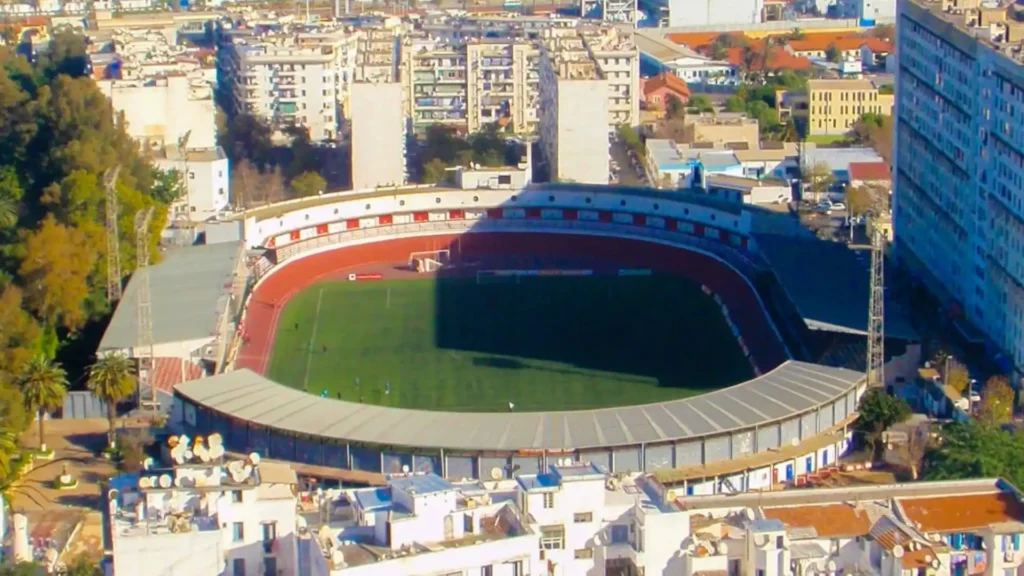
Algiers, Algeria
Named after the date of a major uprising against French colonial rule, the stadium stands as a reminder of a violent and painful struggle for independence. Though a place for sport today, its name and history reflect a legacy of bloodshed.
These stadiums may now be places of celebration and unity, but their pasts reveal how football can intersect with the darkest chapters of human history. Recognizing these stories helps us appreciate not only the beauty of the game but also the resilience of those who endured its shadows.

